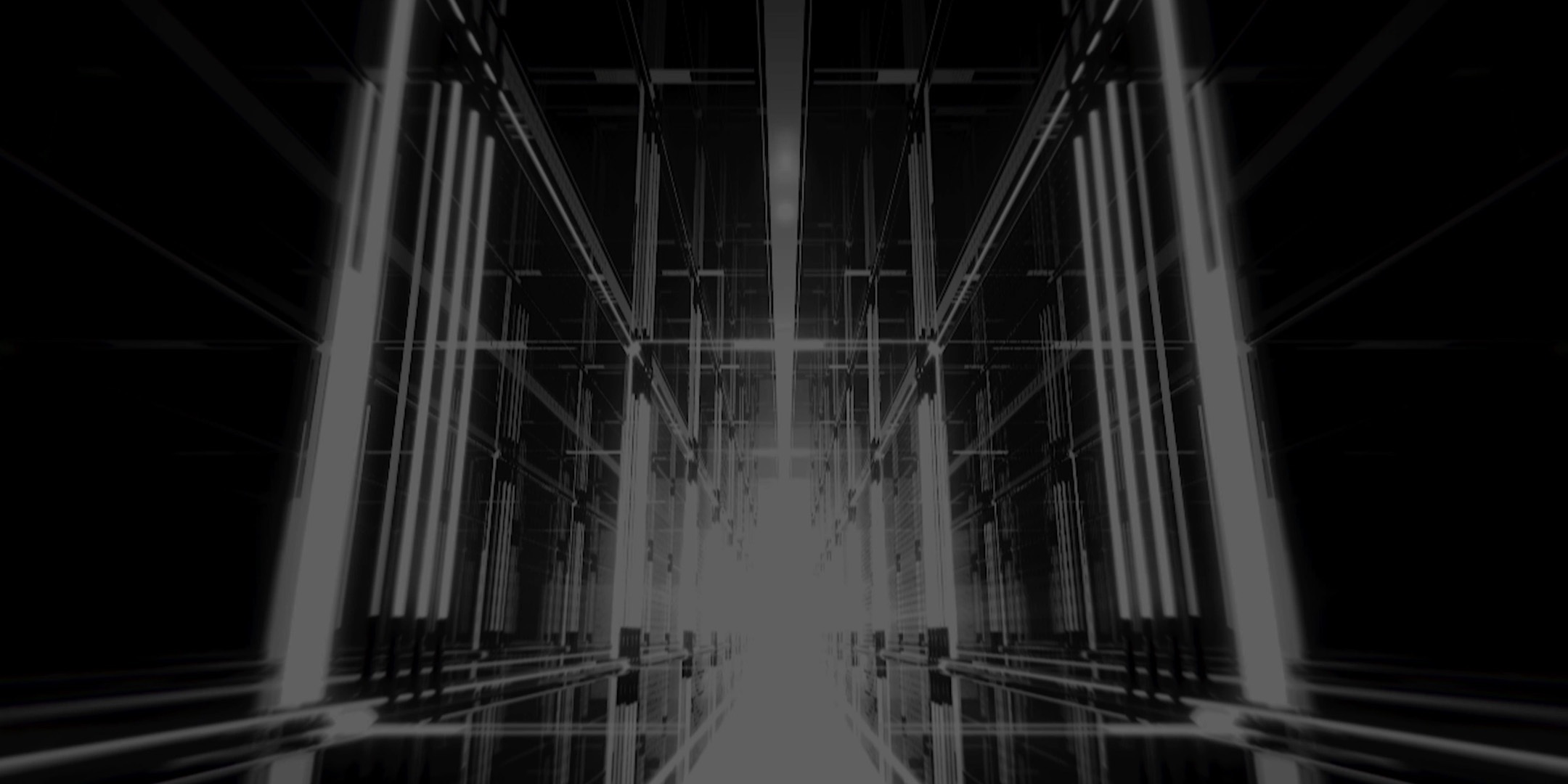
Finding the Perfect Fit
From form all the way to function, the lines between space and fashion are blurring. Here’s how.
When we think of space, fashion isn’t the first thing that comes to mind. But the two might have more in common than we think.
Space, like fashion, is global and ubiquitous. Both fundamentally address style, function, and comfort — and use the common language of design to tell a story, introduce new possibilities, and shake us out of complacency. At their best, fashion and space help us see the world in new ways.
On the other hand, fashion is ephemeral and contemporary; constantly updated and focused on the here and now, while built environments are founded on sustainability and timelessness.
Can these similarities and differences coexist? What can the principles that drive great fashion design teach us about creating better environments and how can fashion’s immediacy help us do the same?
Over the next few months, we’ll explore Space as Fashion, and examine how blurring the lines between these two fundamentally different worlds can help us create relevant environments for the future.
Globally impactful. Locally driven.
Both space and fashion have the power to influence people on a global level. But the forces driving this influence often originate regionally. Geographical context — culture, education, weather, and materials to name just a few — are what ultimately impact both fashion and space designers on a local level first.
Today, small has become the new big. Mass standardization has given way to a maker movement where local designers and producers — whether they’re making textiles, lighting, furniture, or shoes — are creating a rich environment where uniqueness and customization are celebrated. Companies like PAIR and collections like Steelcase Flex have embraced the movement, creating solutions that let teams create the right space design for the right moment. In the fashion world, the fairly recent phenomenon of fast fashion makes keeping up with design trends affordable.
Long-term sustainability in the age of now.
Both fashion and space design will always be susceptible to getting new solutions into the hands of customers faster. Today, more than ever, fashion in being driven by viral communications that instantly feed new trends to an increasingly savvy audience. In the realm of space design, ever-changing technology is driving changing user needs at a pace that’s difficult to match. To keep up, furniture manufacturers are expediting in-house design and production or acquiring lines with faster production cycles.
Speed to production vs the demand for slow and handcrafted creates a sustainability conundrum. Can space design achieve fast when customers also want unique? And can it accomplish both in a way that doesn’t generate waste?
This is one of our paramount challenges today. Unlike fashion, which will always be driven by seasonal changes, designing interior environments must marry timeless sustainability with timely design in a way that doesn’t damage the environment as a whole. For us, reusing, refurbishing, and repurposing are the equivalent of faux fur and consignment stores.
Blurring the lines.
Is there a middle ground where the past and the future can coexist? Where companies can have both timeless and current? This is one place where the lines between fashion and space design blur.
Historically, fashion introduces collections twice or three times a year. Those colors, shapes, and patterns often evolve into the built world. But the reverse is also true. Look at the structured clothing of the postmodern 1980s, the Egyptian trend from the wildly popular traveling King Tut exhibit. In the work world, the traditional boundaries between the workplace and home continue to mesh. We can update documents just as easily on a treadmill or living room as an office. As these worlds begin to collide, what we wear to the office, and where we do our work becomes ubiquitous — and as it does, design choices follow suit. Wearing workout clothing in the office is increasingly embraced as work modes adapt, giving way to more comfortable interior fabrics and “resimercial” design choices that make corporate, healthcare, and learning environments feel more like home.
Even the terms we use are blending. Interior decor is now referred to as accessories, like jewelry. We talk about ancillary furniture like we would tailor fit clothing, compared to the “basics” of the work station. Even traditional furniture has become “classics,” like a St. John knit or Armani Suit.
Let’s explore more.
We don’t know what tomorrow holds. We can only guess what will come with enhanced materials and technology. But the one thing we know is this: it’s going to be exciting. Over the next few months, we’ll be exploring the converging worlds of fashion and built environments with thought-provoking content and some amazing events. For more information and to learn how to participate, click here. And be sure to follow our Inspiration page for the visuals behind the story.